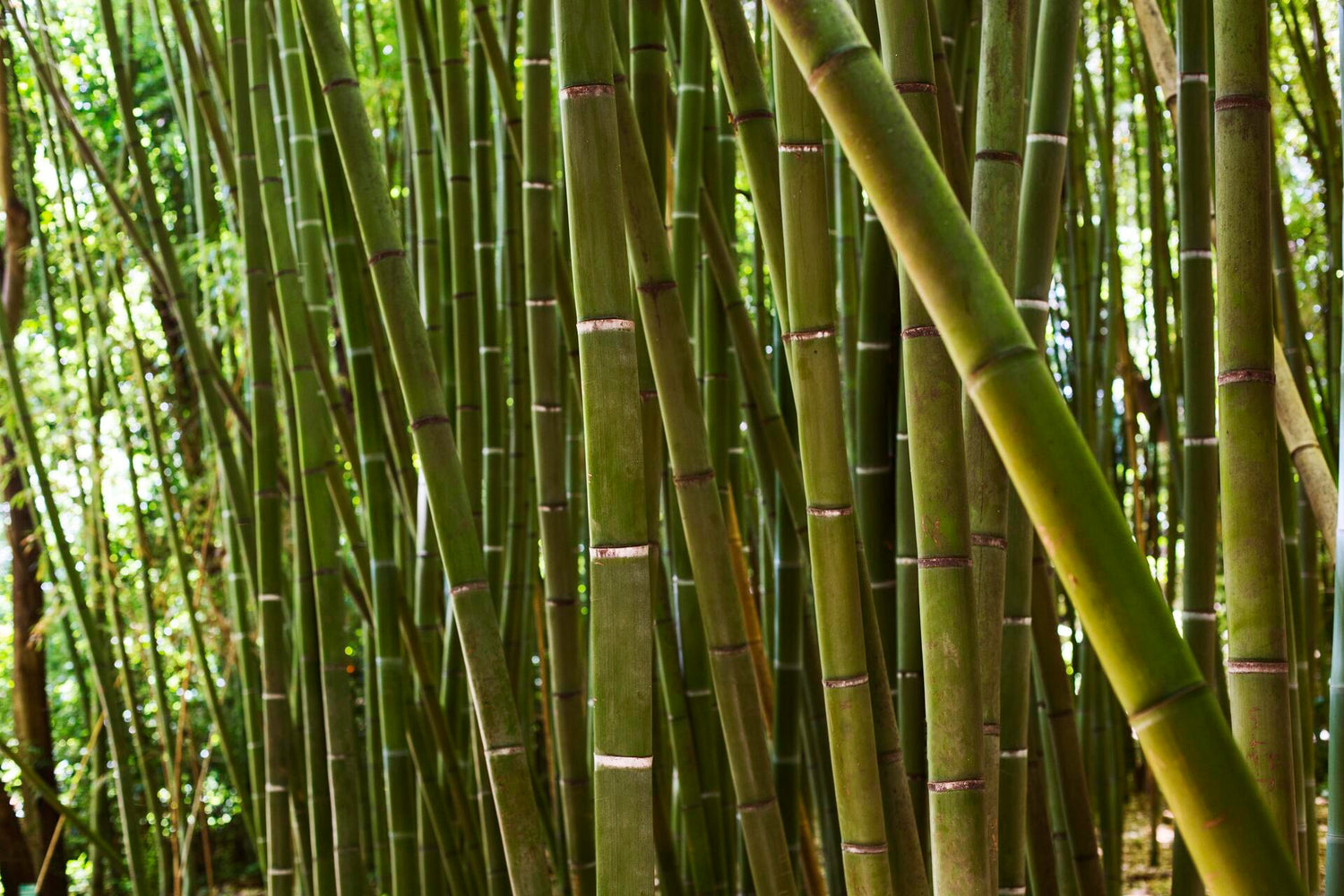Bamboo, a versatile and fast-growing grass, has woven itself into the fabric of human civilization for millennia. Its presence transcends geographical boundaries, leaving a distinct mark on cultures and traditions across the globe. Let's embark on a historical journey to explore the timeline of bamboo's diverse applications:
Early Beginnings (3500 BC – 1000 BC):
East Asia: Evidence suggests some of the earliest uses of bamboo emerged in China around 3500 BC. Here, it was utilized for building shelters, crafting tools and weapons, and even creating writing implements.
South Asia: In the Indus Valley Civilization (3300 BC – 1300 BC), bamboo played a role in basket weaving and rudimentary furniture construction.
The Age of Innovation (1000 BC – 1 AD):
Southeast Asia: As Southeast Asian cultures flourished, bamboo's versatility became evident. It was used for building houses, crafting boats, and even creating intricate musical instruments like the gamelan (Indonesia).
Latin America: In pre-Columbian civilizations like the Aztecs and Incas, bamboo played a significant role in constructing dwellings, crafting weapons (arrows), and even creating intricate jewellery.
The Rise of Empires (1 AD – 1500 AD):
Asia: Across Asia, bamboo continued to be a cornerstone of construction. The iconic scaffolding used in building the Great Wall of China is a testament to its strength and flexibility. Additionally, bamboo paper emerged as a revolutionary writing material in China.
Africa: While bamboo's presence in Africa is less documented, evidence suggests its use in building, tool creation, and even traditional musical instruments.
Global Exchange and Modern Applications (1500 AD – Present):
The Colonial Era: European colonization led to a wider appreciation for bamboo. It was used for ship construction, furniture making, and even creating intricate decorative items.
The 20th Century and Beyond: The 21st century has witnessed a renewed interest in bamboo's sustainable qualities. Modern applications include flooring, construction materials, and even high-performance fabrics.
A Legacy that Continues:
Today, bamboo remains a vital resource for millions around the world. From rural communities relying on it for shelter and tools to modern architects incorporating it into sustainable buildings, bamboo's story continues to unfold.
The Enduring Allure of Bamboo:
Bamboo's enduring appeal lies in its unique combination of strength, flexibility, and rapid growth. It's a testament to human ingenuity, showcasing our ability to utilize nature's bounty for various purposes across time and cultures.
Looking Ahead:
As we move forward, bamboo's potential seems limitless. With ongoing research and innovation, we can unlock new and exciting applications for this remarkable resource. The future of bamboo is undoubtedly bright, promising a more sustainable and harmonious future for humanity and the planet.





